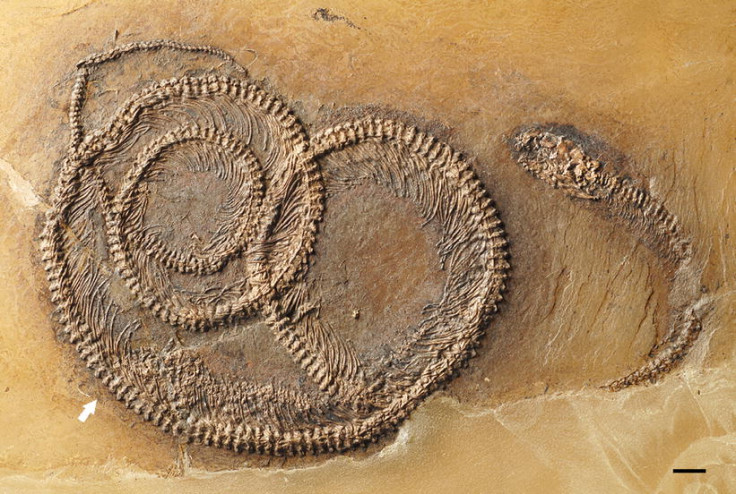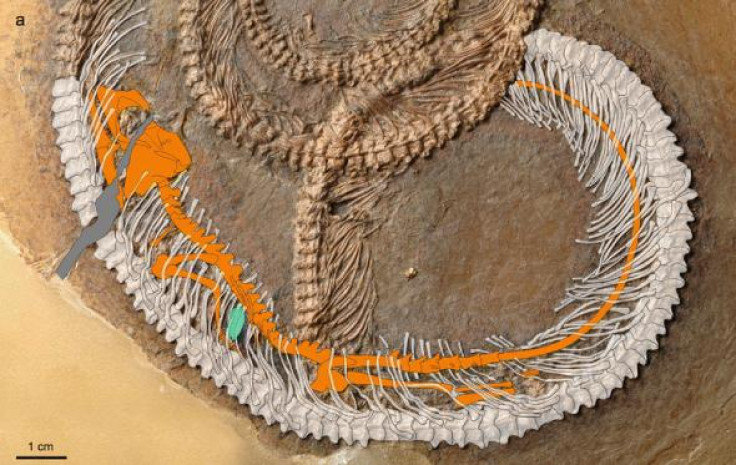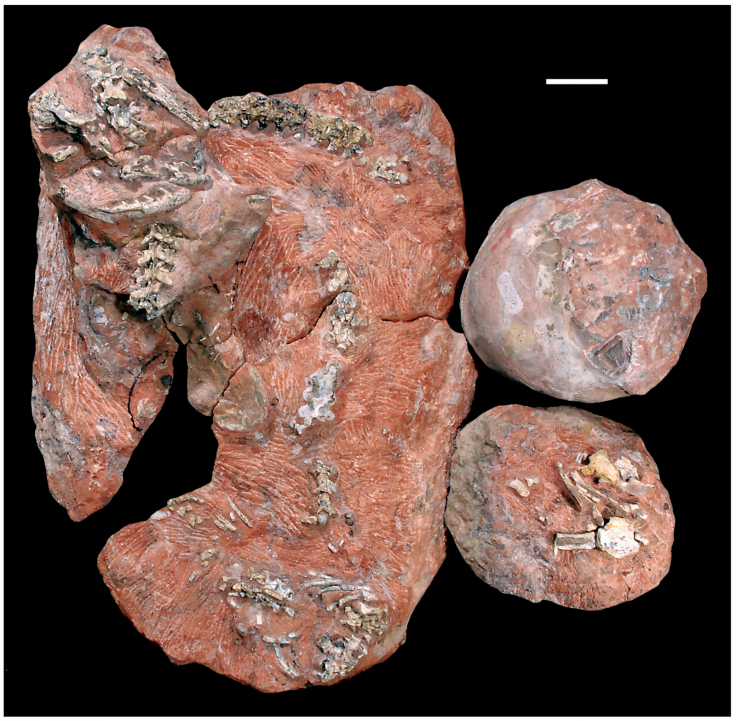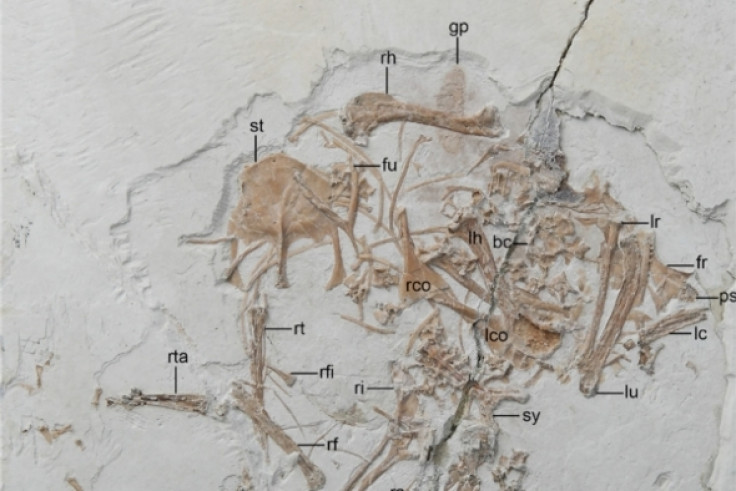Fossils inside fossils: The ancient creatures locked in time, together forever
What creatures fossilised together can tell us about life on Earth millions of years ago.

Fossils are hugely important for our understanding how life on Earth first developed and evolved over its 4.6 billion-year history. For example, a recently-discovered fossil found in Greenland — believed to be the world's oldest — indicates life started fairly shortly after the planet formed, at least four billion years ago.
Thanks to fossils, we know there was a vast expansion of life 542 million years ago, known as the Cambrian explosion. We know dinosaurs first arose around 230 million years ago and became extinct 66 million years ago. And, through fossils, we know how early humans evolved to become what we are today.
Finding fossils of different species that have been preserved together in time are of particular interest because it shows how animals of the period would have interacted. Last week, scientists published a study detailing the discovery of a 48 million-year-old fossil showing a snake that ate a lizard that had eaten an insect. Here IBTimes UK looks at recent Russian doll-esque fossilised remains and what they reveal about ancient ecosystems.
The snake, the lizard and the bug

The juvenile snake, lizard and insect fossil was discovered in the Messel fossil pit near Darmstadt, Germany. It dates to the middle Eocene and is only the second-known vertebrate fossil that contains three layers of the food chain. The discovery indicates the snake species — Palaeopython fischeri —underwent a dietary shift as it got older (swapping lizards for larger prey) just like its modern boa relatives.
Study author Krister Smith explained: "Since the stomach contents are digested relatively fast and the lizard shows an excellent level of preservation, we assume that the snake died no more than one to two days after consuming its prey and then sank to the bottom of the Messel Lake, where it was preserved."
Whale that ate a whale that was eaten by sharks

As mentioned, only one other example of a tripartite food chain had ever been discovered. And this was the discovery of a whale that had eaten another while, which was subsequently consumed by sharks — 40 million years ago.
The remains were found in a desert southwest of Cairo. They showed a 60ft-long basilosaurus that had eaten a smaller whale, the fossil of which was preserved in its stomach. On top of this, shark teeth were found close to the remains, leading scientists to conclude the bigger whale had been devoured by sharks after it died.
Snake eating baby dinosaur and eggs

In 2010, scientists published a report of a snake feasting on a baby dinosaur and unhatched eggs. The fossil was discovered near the Indian village of Dholi Dungri and at first researchers were not sure what had been found. Further analysis showed it was the partial skeleton of a 3.5m snake that lived 67 million years ago.
It had been fossilised while coiled around an egg and next to the remains of a 50cm-long hatchling. Scientists said this strongly suggests the snake would have frequented dinosaur nesting grounds and preyed on hatching sauropods. "The Dholi Dungri fossils are the second definitive association between sauropod eggs and embryonic or hatchling remains," they wrote in PLOS Biology. "New fossils from western India provide direct evidence of feeding ecology in a Mesozoic snake and demonstrate predation risks for hatchling sauropod dinosaurs."
Velociraptor vs Protoceratops

Fossils showing a Velociraptor feasting on a large, horned plant-eating dinosaur were discovered in Inner Mongolia. David Horne and colleagues from the Chinese Academy of Scientists say the fossils, from the Upper Cretaceous (100-66 million years ago) show the Velociraptor eating a Protoceratops, giving further weight to the argument that the herbivore served as a food source for the predatory dinosaur.
Bite marks indicate the Velociraptor had not killed the Protoceratops, but rather had come across its carcass — unlike another more famous encounter between the two species. The fighting dinosaurs, discovered in 1971, showed a Velociraptor and Protoceratops locked in combat, with the two apparently killing each other in the fatal confrontation.
Fossilised bird sick

A 120-million-year-old bird fossil and its vomit discovered in China was analysed by scientists earlier this year. The toothed bird was found next to a cluster of fish bones that the bird — species unknown — had thrown up. The discovery showed these early birds ate fish, showing how it likely swallowed its prey whole then regurgitated the indigestible materials, like bones and features. Consequencially, it indicates they had "advanced features" that could have been widespread in Cretaceous birds, facilitating dietary diversification at the time.
© Copyright IBTimes 2024. All rights reserved.






